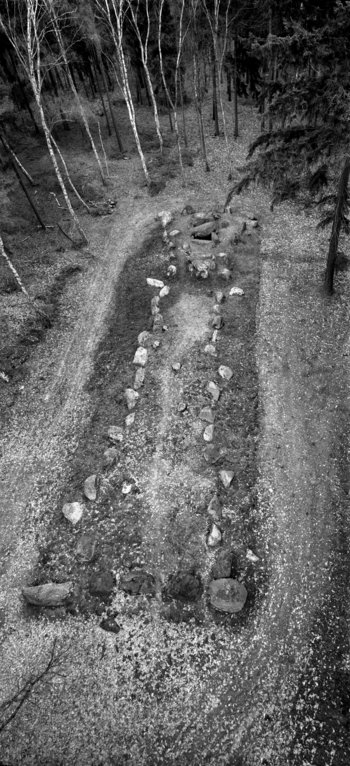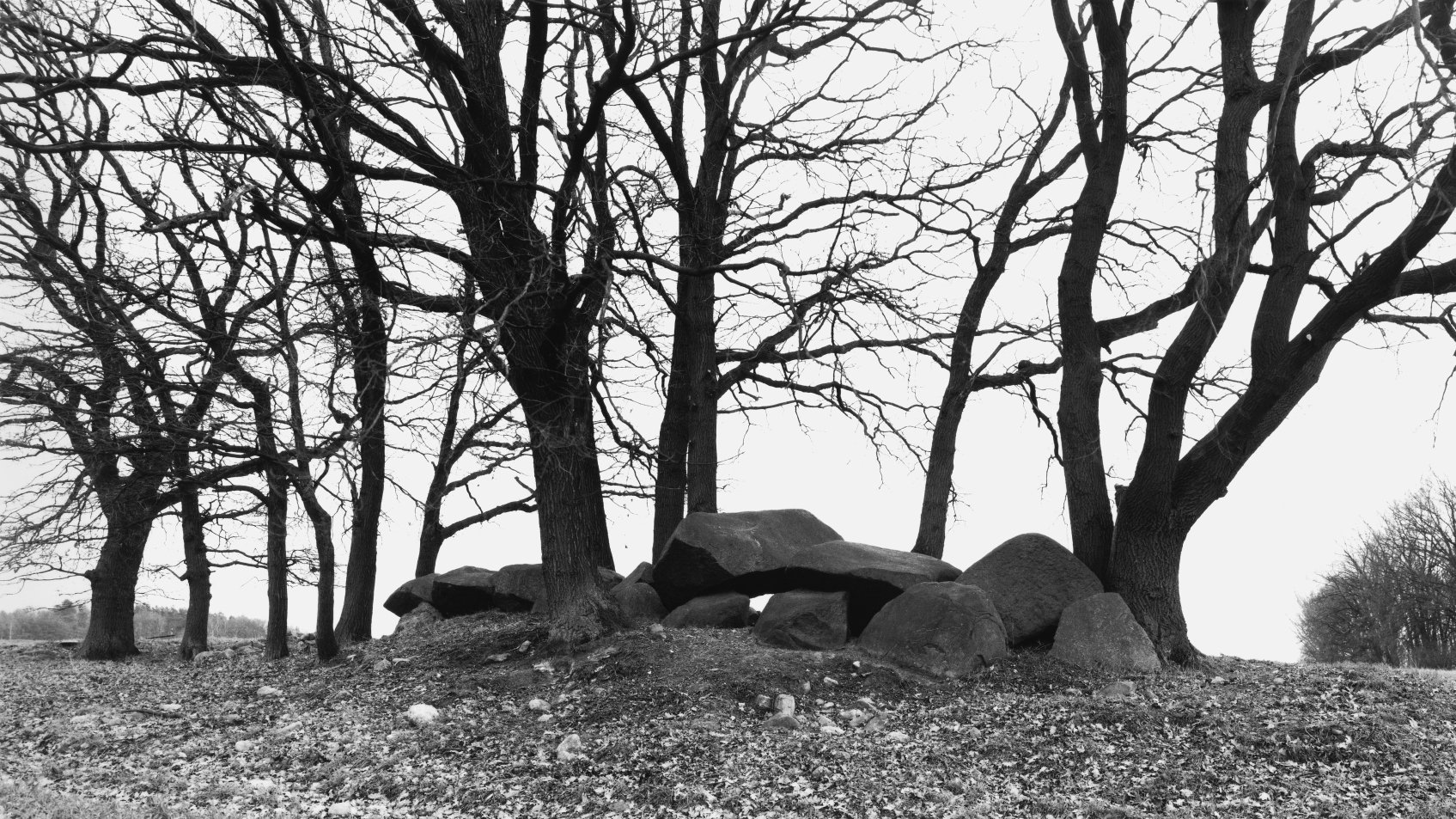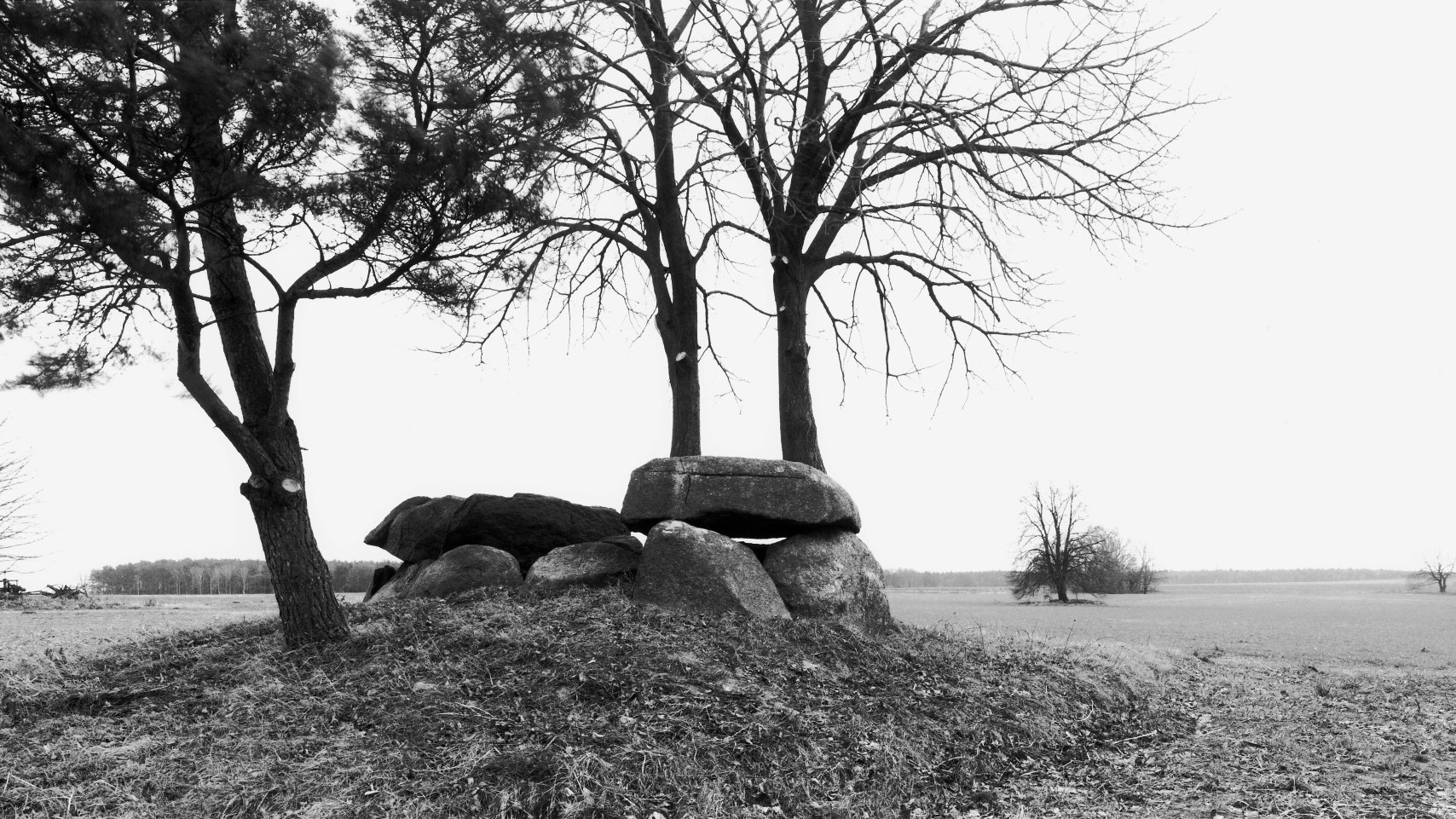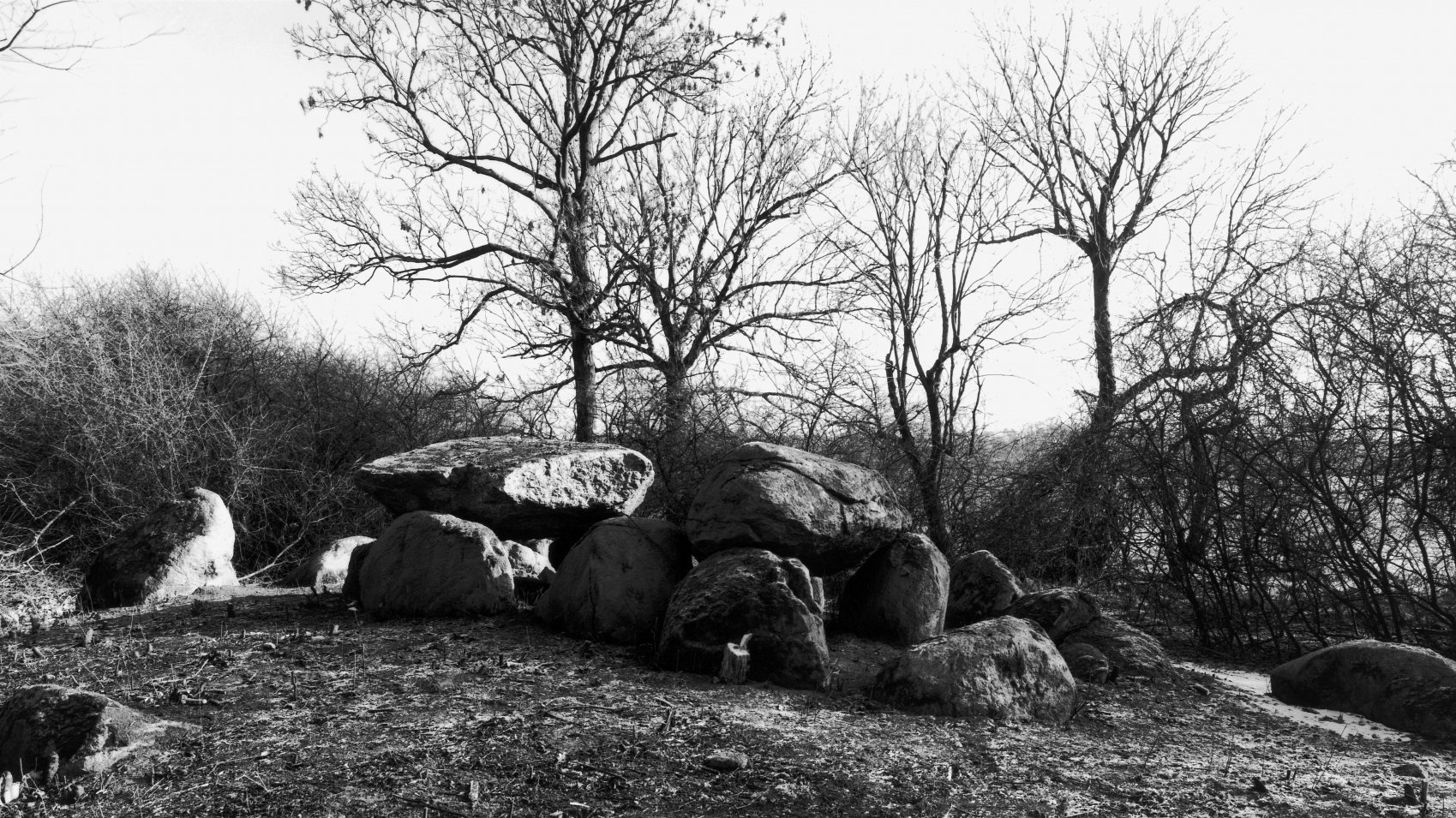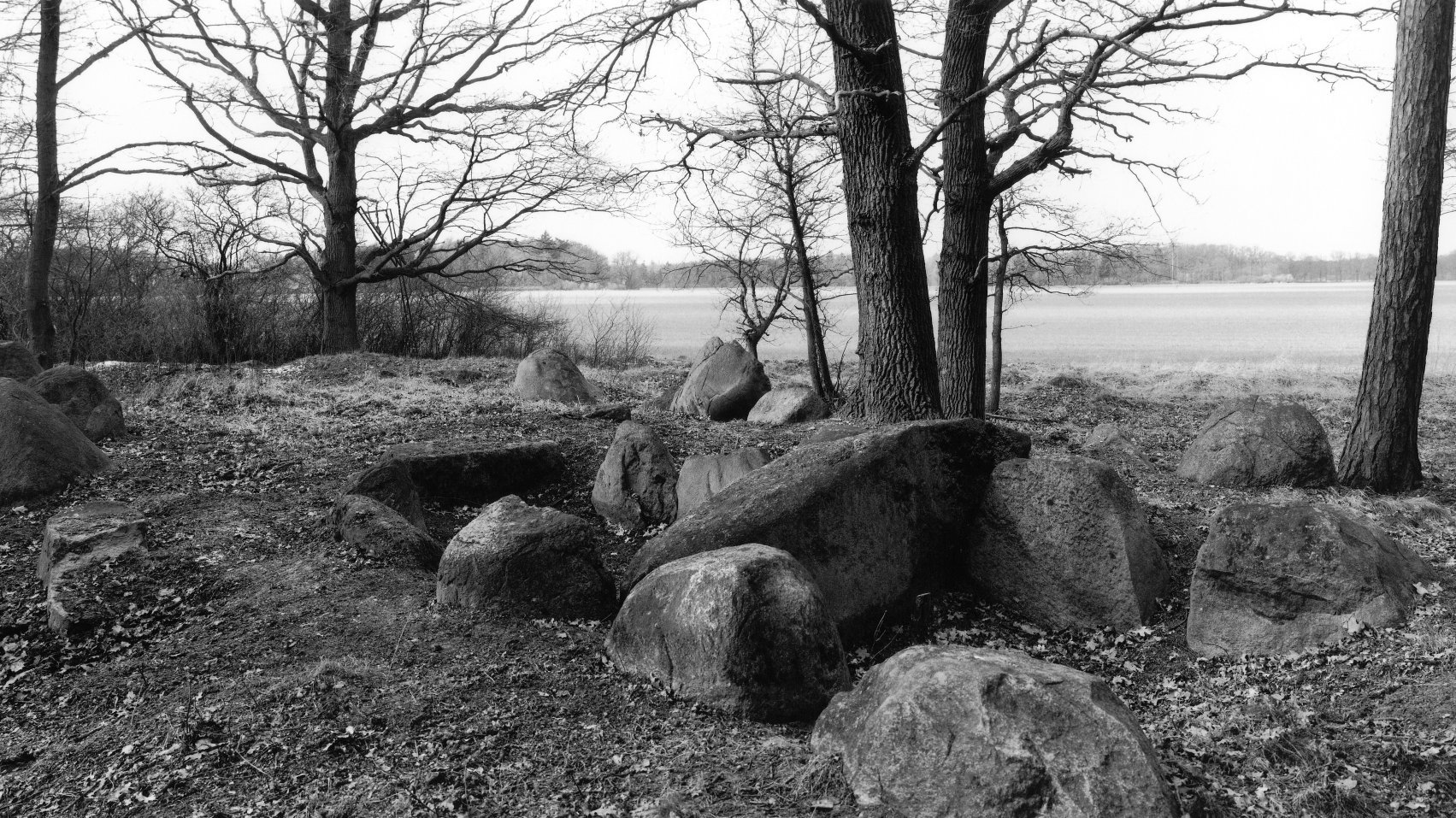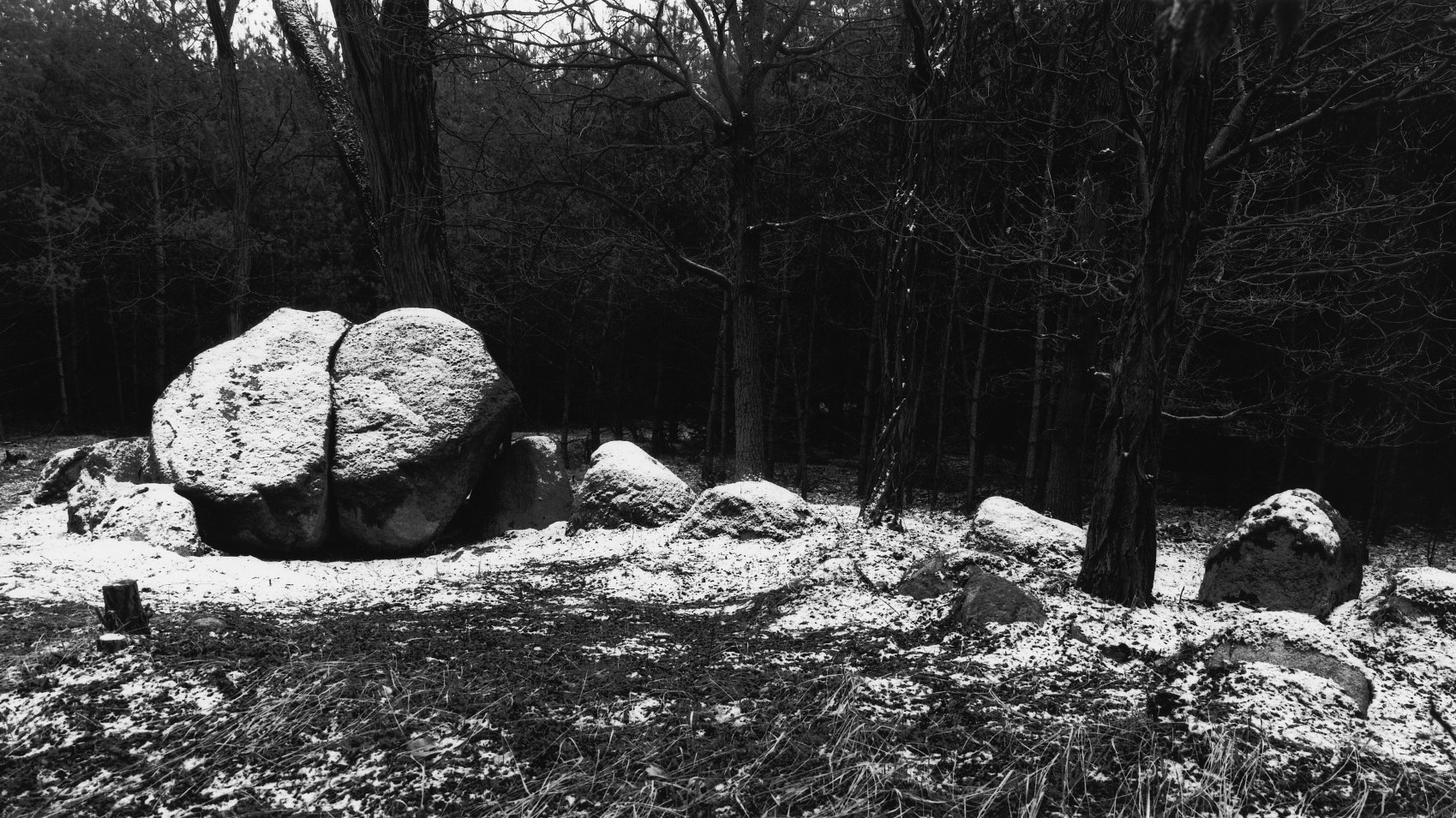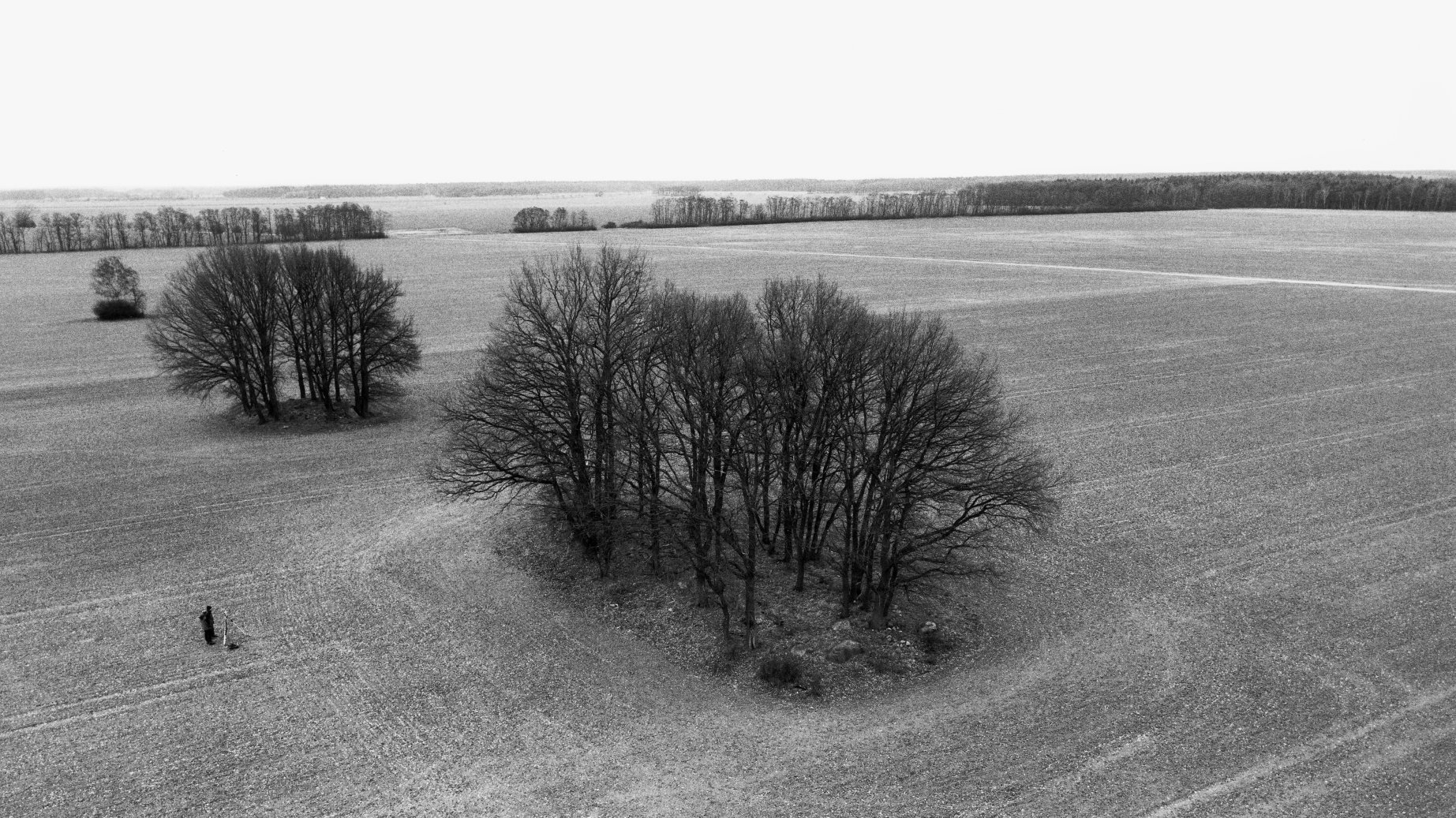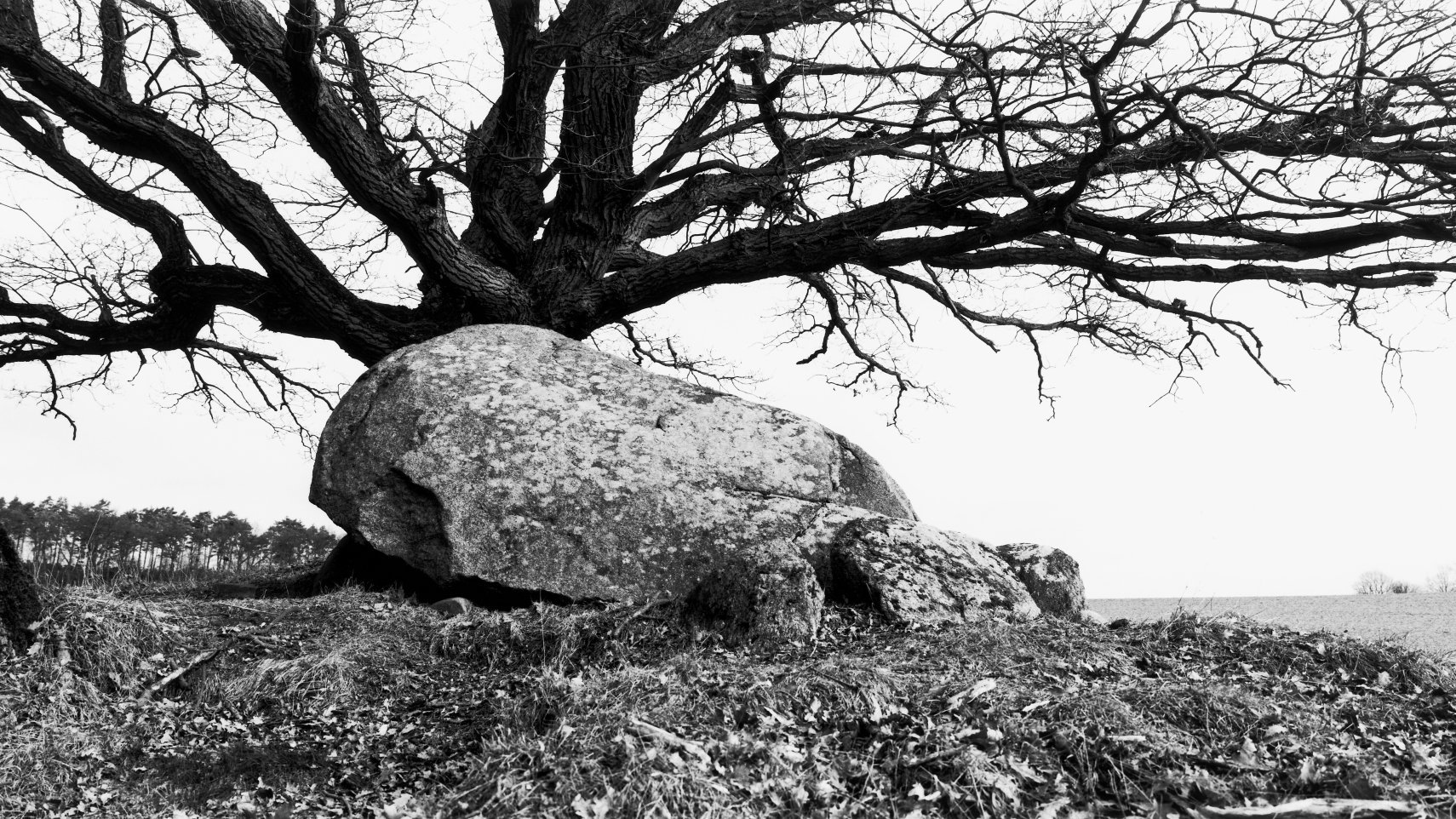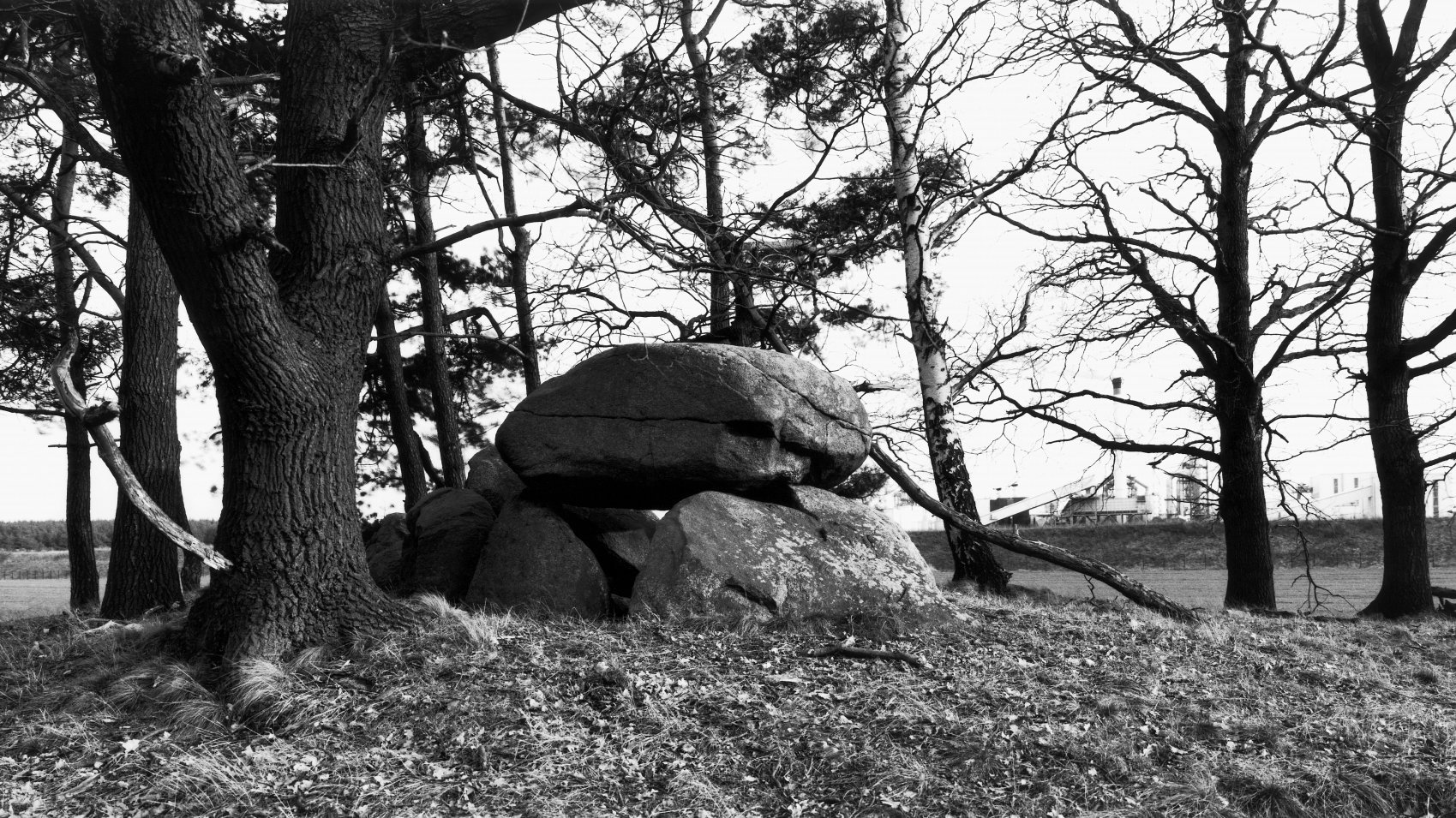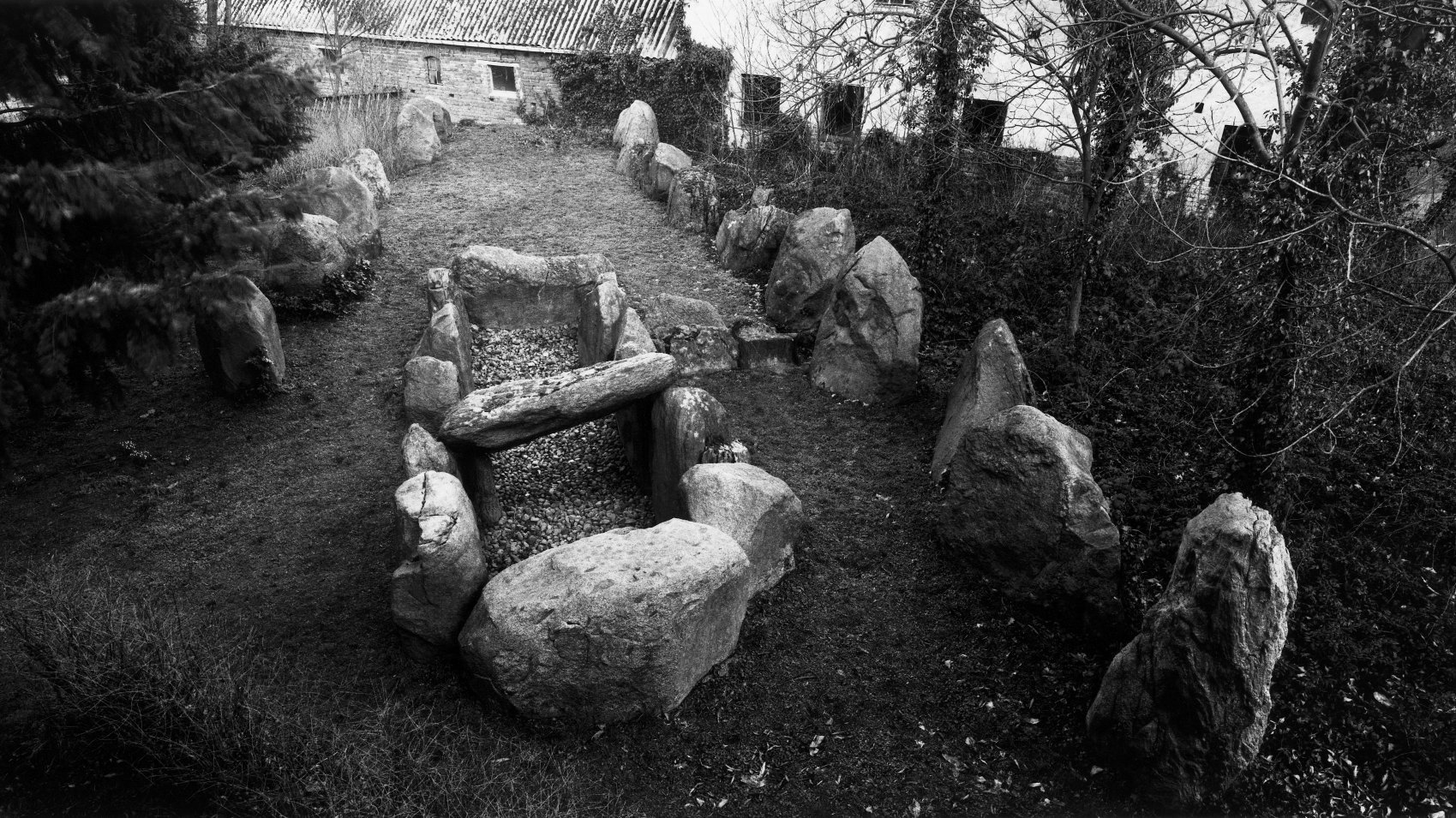Living Changes
Built to Last
In western Europe in the 5th millennium BC awoke the idea of building monumentally. Giant long barrows that served as graves, large stone tombs, and menhirs (Breton for ›maen‹ = stone and ›hir‹ = long) are witness to this megalithic phenomenon (Greek for ›mégas‹ = large and ›lithos‹ = stone).
The European megalithic tradition, which probably has its starting point on the Atlantic coast in Brittany, is unique in its manifestation, distribution, and number of constructions. For over 2,000 years, many European cultures carried on this monumental idea and shaped it to their own meaning.
In the middle of the 4th millennium BC megalithic building began also on the lower Saale and Elbe rivers. In addition to menhirs, mainly large stone tombs were erected: simple dolmens (a pair of support stones with a capstone), large dolmens (several pairs of support stones), passage graves (large dolmens with side entrance), and long mounds, which are typical of northern megalithic in Saxony-Anhalt. Where no Ice Age erratic boulders were available, stone slabs made of local rock were used, e.g. porphyry.
As early as 1842 Johann Friedrich Danneil recorded all of the megalithic tombs known to him in the Altmark district and conducted numerous excavations. At the end of the 19th century, 190 monuments were recorded in the Altmark, of which only 48 are preserved today.
After 2700 BC no more megalithic tombs were built in our region.
Here you can find the film on the megalithic tombs from the »Museum exklusiv« series of the State Museum of Prehistory »Gebaut für die Ewigkeit« (German version only).
